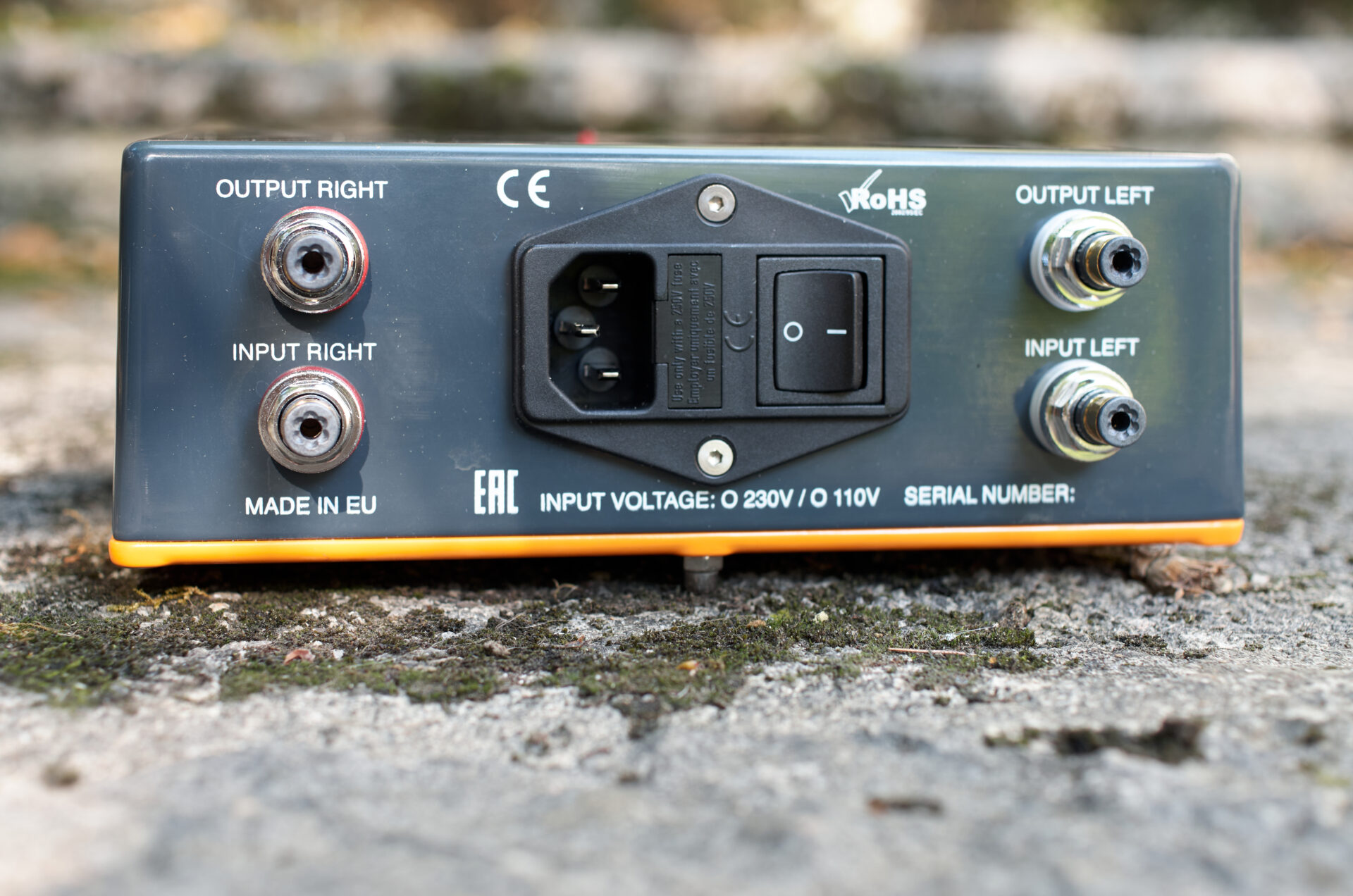 Look at other current-sensing phono-stages and they generally provide some degree of gain/impedance matching. This matters because the amount of current generated by the cartridge is going to depend on its internal impedance. The P1 offers users a choice of 0 to 25dB gain, in 5dB steps. The Dynavector expressed the choice differently, but offered switchable settings for three different ranges of internal impedance to match the connected cartridge. No such adjustment is available from the Konus units and, as a result, they are recommended for cartridges with an internal impedance of less than 20Ωs – a recommendation that should probably read “considerably less”. To put that in some kind of context, let’s just look at the rated internal impedance of a few popular cartridges:
Look at other current-sensing phono-stages and they generally provide some degree of gain/impedance matching. This matters because the amount of current generated by the cartridge is going to depend on its internal impedance. The P1 offers users a choice of 0 to 25dB gain, in 5dB steps. The Dynavector expressed the choice differently, but offered switchable settings for three different ranges of internal impedance to match the connected cartridge. No such adjustment is available from the Konus units and, as a result, they are recommended for cartridges with an internal impedance of less than 20Ωs – a recommendation that should probably read “considerably less”. To put that in some kind of context, let’s just look at the rated internal impedance of a few popular cartridges:
- A standard Lyra Etna Lambda has an internal impedance of 4.2Ω, the Etna Lambda SL, 1.52Ω.
- The Fuuga (which is also distributed by Konus Audio) is specified at 2.5Ω.
- Ortofon MCs and the various Hana cartridges run around 7Ω.
- Benz Micros vary between 20Ω and 38Ω.
- Clearaudio cartridges are 50Ω or higher.
That’s quite a spread, so bear in mind that your existing low-output MC cartridge may or may not be suitable for use with the Vinyle 3000-MC. As a rule of thumb, the lower the internal impedance of the cartridge, the happier it’s going to be when it sees a current input phono-stage. Do the sums and it soon becomes obvious why.
Going back to schoolboy physics, if you apply the established V=IR equation, the current generated is going to equal the output voltage (V) divided by the Impedance (I). So if we look at the example of the Lyra Etna Lambda SL, 0.25/1.52 = 0.164, or a current output of 164 microAmps. Now look at a Clearaudio cartridge, like the Da Vinci V2. It’s output voltage of 0.5mV, divided by its internal impedance (50Ω) will generate 0.01 or 10microAmps of current. That’s a huge difference compared to the Lyra and a huge difference in terms of the volume available from a fixed gain phono-stage.
When considering whether an existing cartridge is actually suitable for use with the Konus Vinyle, I’d ideally want a rated internal impedance that’s (well) below 10Ω. I ended up running three different arm/cartridge combinations: the Lyra Etna Lambda SL in the 11” Kuzma 4Point; the Fuuga in the Kuzma 4Point14 and the Ortofon Royal N in the Rigid Float RF7c. Of these, it was the last two that took the lion’s share of the listening, so there’s more to this than simply selecting the cartridge with the lowest internal impedance. The nature of the cartridge still has to work with the musical character of the phono-stage.
 If there’s a common theme that runs through the sound of current-sensing phono-stages, it’s one of unobstructed flow. It’s almost as if the approach allows the music to drive the system, rather than the other way round. So often, when listening with ‘conventional’ voltage-sensing phono-amplifiers, it almost seems as though the system is having to dig into the recording, unearthing the performance that’s buried within. As you move to better phono-stages, they unearth more detail, better separation and, if you are lucky, start to make more sense of that information. Current-sensing stages almost seem to work in reverse: you get the performance – as you improve the phono-stage, you get more of its inner detail, texture, space and dimensionality.
If there’s a common theme that runs through the sound of current-sensing phono-stages, it’s one of unobstructed flow. It’s almost as if the approach allows the music to drive the system, rather than the other way round. So often, when listening with ‘conventional’ voltage-sensing phono-amplifiers, it almost seems as though the system is having to dig into the recording, unearthing the performance that’s buried within. As you move to better phono-stages, they unearth more detail, better separation and, if you are lucky, start to make more sense of that information. Current-sensing stages almost seem to work in reverse: you get the performance – as you improve the phono-stage, you get more of its inner detail, texture, space and dimensionality.

